Related Research Articles

Year 1158 (MCLVIII) was a common year starting on Wednesday of the Julian calendar.

Frederick Barbarossa, also known as Frederick I, was the Holy Roman Emperor from 1155 until his death in 1190. He was elected King of Germany in Frankfurt on 4 March 1152 and crowned in Aachen on 9 March 1152. He was crowned King of Italy on 24 April 1155 in Pavia and emperor by Pope Adrian IV on 18 June 1155 in Rome. Two years later, the term sacrum ("holy") first appeared in a document in connection with his empire. He was later formally crowned King of Burgundy, at Arles on 30 June 1178. He was named Barbarossa by the northern Italian cities which he attempted to rule: Barbarossa means "red beard" in Italian; in German, he was known as Kaiser Rotbart, which in English means "Emperor Redbeard." The prevalence of the Italian nickname, even in later German usage, reflects the centrality of the Italian campaigns to his career.
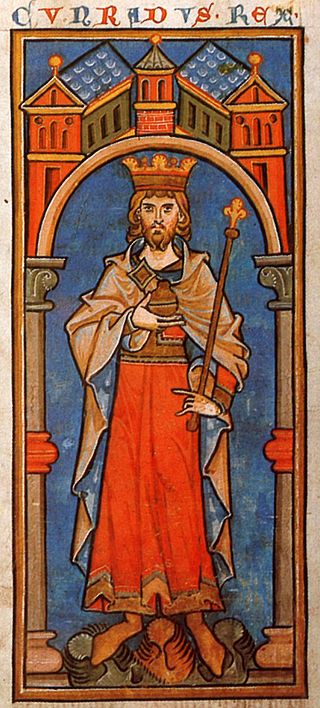
Conrad III of the Hohenstaufen dynasty was from 1116 to 1120 Duke of Franconia, from 1127 to 1135 anti-king of his predecessor Lothair III, and from 1138 until his death in 1152 King of the Romans in the Holy Roman Empire. He was the son of Duke Frederick I of Swabia and Agnes, a daughter of the Salian Emperor Henry IV.

Henry the Lion, also known as Henry III, Duke of Saxony and Henry XII, Duke of Bavaria, was a member of the Welf dynasty.
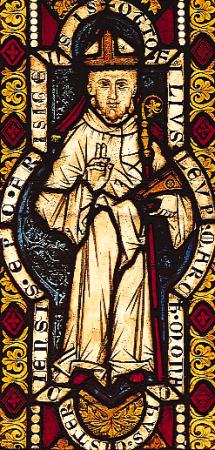
Otto of Freising was a German churchman of the Cistercian order and chronicled at least two texts which carries valuable information on the political history of his own time. He was the bishop of Freising from 1138. Otto participated in the Second Crusade; he lived through the journey and reached Jerusalem, and later returned to Bavaria in the late 1140s, living for another decade back in Europe.

Frederick II, called the One-Eyed, was Duke of Swabia from 1105 until his death, the second from the Hohenstaufen dynasty. His younger brother Conrad was elected King of the Romans in 1138.
Callixtus III was an antipope from September 1168 until his resignation in August 1178. He was the third antipope elected in opposition to Pope Alexander III during the latter's struggle with the Emperor Frederick Barbarossa.

The battle of Legnano was a battle between the imperial army of Frederick Barbarossa and the troops of the Lombard League on 29 May 1176, near the town of Legnano, in present-day Lombardy, Italy. Although the presence of the enemy nearby was already known to both sides, they suddenly met without having time to plan any strategy.
Floris III was the count of Holland from 1157 to 1190. He was a son of Dirk VI and Sophia of Rheineck, heiress of Bentheim.

Bolesław I the Tall was Duke of Wroclaw from 1163 until his death in 1201.
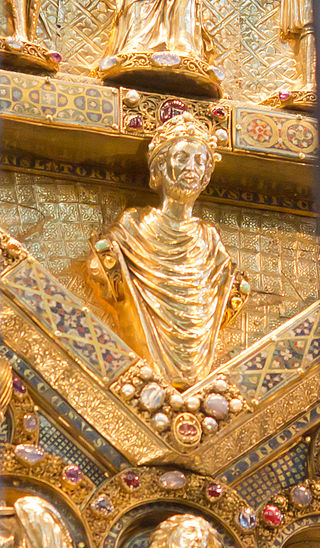
Rainald of Dassel was Archbishop of Cologne and Archchancellor of Italy from 1159 until his death. A close advisor to the Hohenstaufen emperor Frederick Barbarossa, he had an important influence on Imperial politics, mainly in the Italian conflict of Guelphs and Ghibellines.
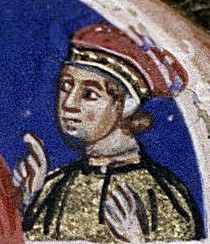
Beatrice I was countess of Burgundy from 1148 until her death, and was also Holy Roman Empress by marriage to Frederick Barbarossa. She was crowned empress by Antipope Paschal III in Rome on 1 August 1167, and as Queen of Burgundy at Vienne in August 1178.
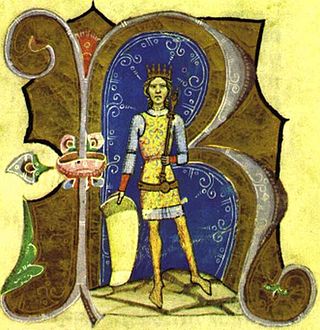
Géza II was King of Hungary and Croatia from 1141 to 1162. He was the oldest son of Béla the Blind and his wife, Helena of Serbia. When his father died, Géza was still a child and he started ruling under the guardianship of his mother and her brother, Beloš. A pretender to the throne, Boris Kalamanos, who had already claimed Hungary during Béla the Blind's reign, temporarily captured Pressburg with the assistance of German mercenaries in early 1146. In retaliation, Géza, who came of age in the same year, invaded Austria and routed Henry Jasomirgott, Margrave of Austria, in the Battle of the Fischa.

Vladislaus II or Vladislav II was the Duke of Bohemia from 1140 and then King of Bohemia from 1158 until his abdication in 1173. He was the second Bohemian king after Vratislaus II, but in neither case was the royal title hereditary.

Frederick, a member of the Přemyslid dynasty, was Duke of Bohemia from 1172 to 1173 and again from 1178 to his death.
The Diet of Roncaglia, held near Piacenza, was an Imperial Diet, a general assembly of the nobles and ecclesiasts of the Holy Roman Empire and representatives of Northern Italian cities held in 1154 and in 1158 by Emperor Frederick Barbarossa to deliberate on the matter of sovereignty of his subjects, which was being challenged by the economical and political flourishing of the northern Italian cities and free comunes, including the cities of Chieri, Asti, Tortona, but most importantly Milan.
Děpold I was the second son of Duke Vladislav I of Bohemia and brother of Duke and later King of Bohemia Vladislav II.
Wibald was a 12th-century abbot of Stavelot (Stablo) and Malmedy in present-day Belgium, and abbot of Corvey in Germany. He figured prominently in the court circle of the German kings of his time.
Friedrich II of Berg, was Archbishop of Cologne from 1156 until his death in 1158.
The History of the Pilgrims is an anonymous Latin account of the expedition of the Emperor Frederick Barbarossa during the Third Crusade (1189–90). It was written not long after events, possibly even before the death of the Emperor Henry VI (1197). It is divided into three sections on the conquests of Saladin, the preparations for the crusade and the crusade itself. The first section contains the most original material and the final section is the longest. It ends abruptly with the death of Barbarossa. The sole surviving manuscript, made in the early 13th century at Salem Abbey, is not quite complete and seems to be missing the last sentences.
References
- ↑ S. Claramunt Dietas Imperiales de Roncalia Archived 2011-07-16 at the Wayback Machine
- ↑ Riché, Pierre (1978): "Education and Culture in the Barbarian West: From the Sixth through the Eighth Century", Columbia: University of South Carolina Press, ISBN 0-87249-376-8, pp. 126-7, 282-98